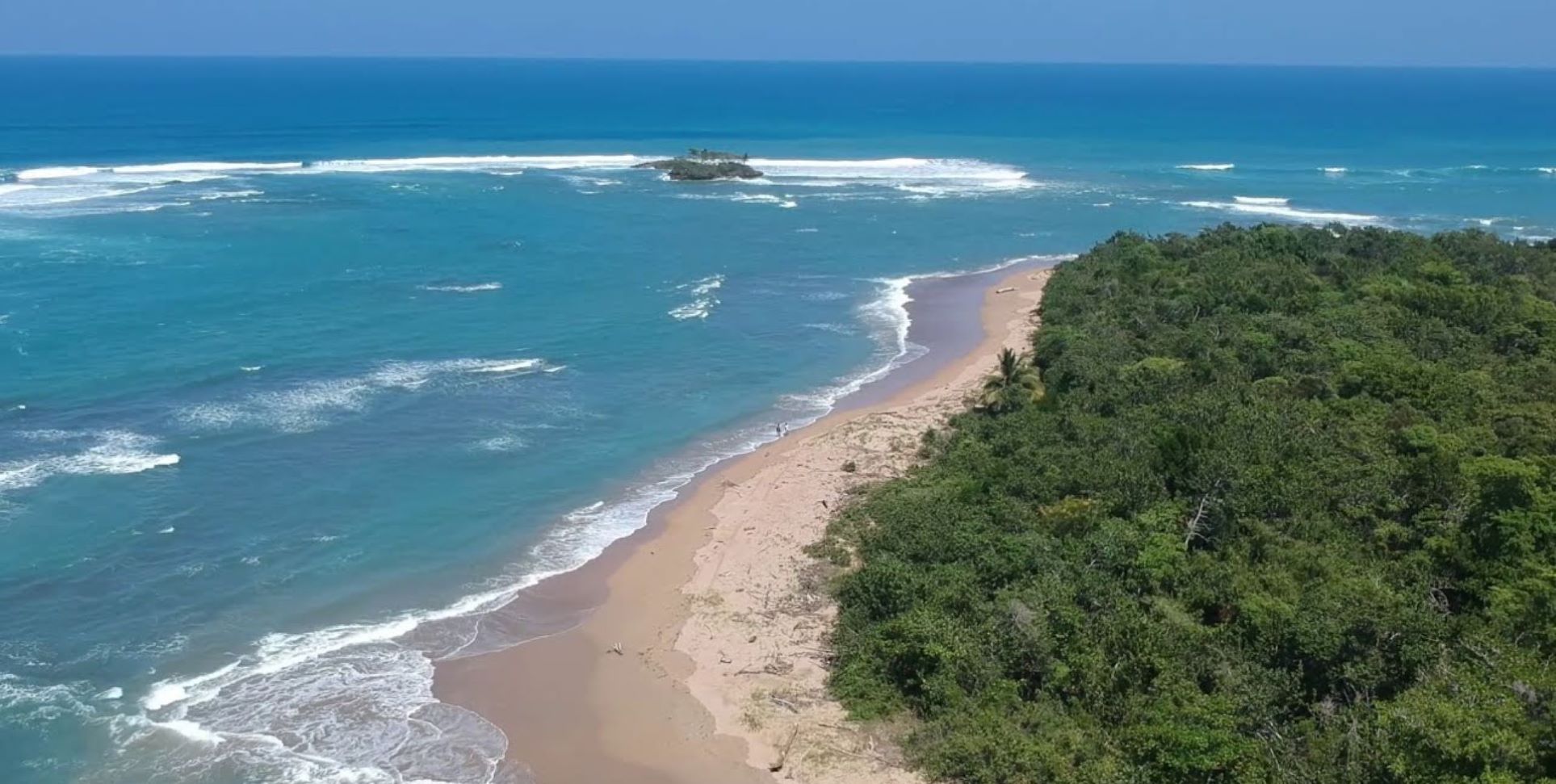Dominican Republic breaks ground on Punta Bergantín Innovation Hub

Santo Domingo.– The Dominican Republic has taken a major step forward in becoming a hub for innovation with the inauguration of the Punta Bergantín Innovation Hub. This ambitious project is poised to be the nerve center of entrepreneurship and cutting-edge ideas for the entire Caribbean region.
Located a stone’s throw from the popular tourist destination of Puerto Plata, the initiative, also known as “Silicon Beach,” was announced as part of a comprehensive development plan by President Luis Abinader. It’s a testament to the strong collaboration between the public and private sectors.
The Hub’s leadership reflects this collaborative spirit. The Board of Directors boasts a balanced mix of six private sector leaders and five government representatives. Dr. Franklyn Holguín Haché serves as president, with Jonathan Bournigal Read as vice president.
Other notable members include the Ministry of Economy, Planning and Development (MEPYD) and representatives from the Ministries of Tourism (MITUR), Education, Science and Technology (MESCyT), and Education (MINERD), along with the Government Office of Information and Communication Technologies (OGTIC).
The Punta Bergantín Innovation Hub leverages a “quadruple helix” model, bringing together government, businesses, universities, and the community. This approach aims to nurture the country’s human capital and provide the infrastructure needed to cultivate a thriving ecosystem for innovation and entrepreneurship.
“The Punta Bergantín Innovation Hub is a game-changer for the Dominican Republic,” said Dr. Franklyn Holguín Haché, president of the non-profit association leading the initiative. “With our abundant resources, strategic location, and talented workforce, we have the potential to become a major player in global innovation. This Hub is a crucial step in making that a reality.”
The vision extends beyond fostering local talent. The Hub also seeks to establish the Dominican Republic as a magnet for international events, conferences, and investments from startups and tech giants alike.
The Hub itself rests on five key pillars. One pillar focuses on creating a digital “seedbed” to cultivate a future generation of tech talent by training over 10,000 individuals in the coming years. Another pillar involves establishing a center of excellence for research and development.
Entrepreneurship is also a core focus, with plans to create incubators and accelerators that offer attractive incentives to attract and retain digital nomads and entrepreneurial teams.
The vision doesn’t stop at the Hub itself. The plan is to leverage existing infrastructure and communities to transform Punta Bergantín into a leading destination for technology and entrepreneurship conferences.
Furthermore, the Hub’s development plan is being coordinated with the International Association of Science Parks and Areas of Innovation to unlock new business opportunities and elevate the Hub’s global profile.
Major engine for job creation
Beyond the Innovation Hub, the Punta Bergantín project is a sprawling development anticipated to be a major engine for job creation, with projections of over 15,000 new positions. This economic boost will fuel both tourism and social development, while also attracting significant foreign investment.
The project encompasses a vast area of nearly nine million square meters. In addition to the Innovation Hub, Punta Bergantín will boast over 4,500 hotel rooms, 2,000 mixed-use residential and tourist units, a world-class golf course, public beach clubs, and state-of-the-art film studios.
The project has already secured letters of intent for hotel construction with major hospitality groups, including the Puntacana Group (partnering with Meliá Hotels International), Grupo Martinón (with their Hyatt Ziva and Hyatt Zilara brands), and Karisma Hotels (who will also build a water park alongside their hotel).
Sustainability is a core principle for Punta Bergantín. Environmentally responsible technologies and a design focused on preserving the area’s natural resources are being prioritized throughout all three phases of development. Additionally, the project’s academic spaces will champion the generation of new knowledge in sustainability and innovation.
